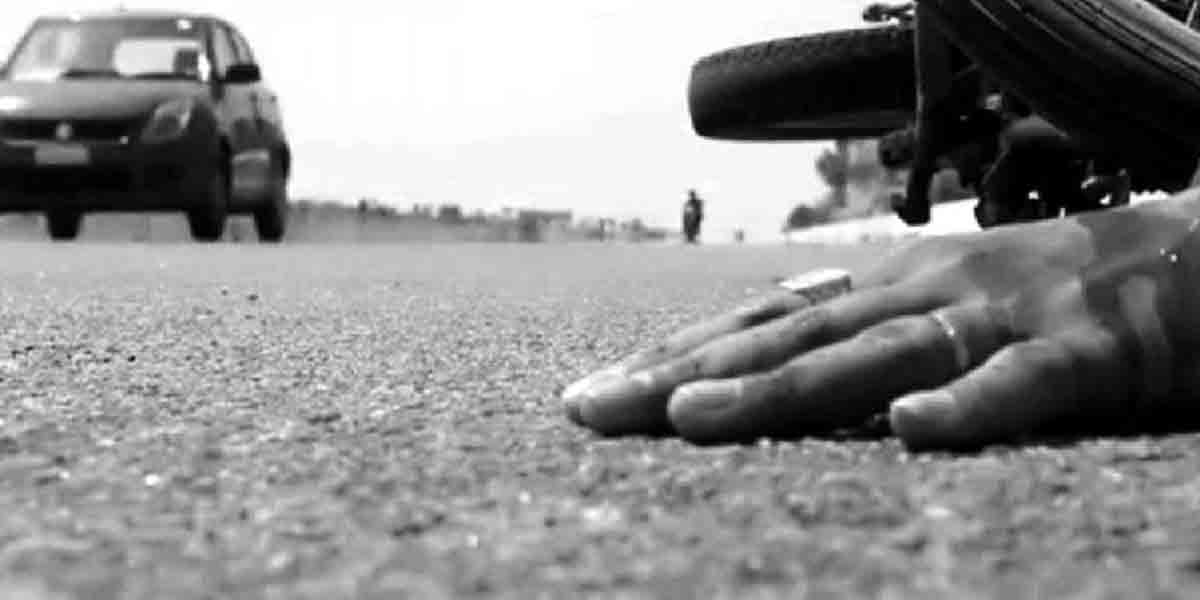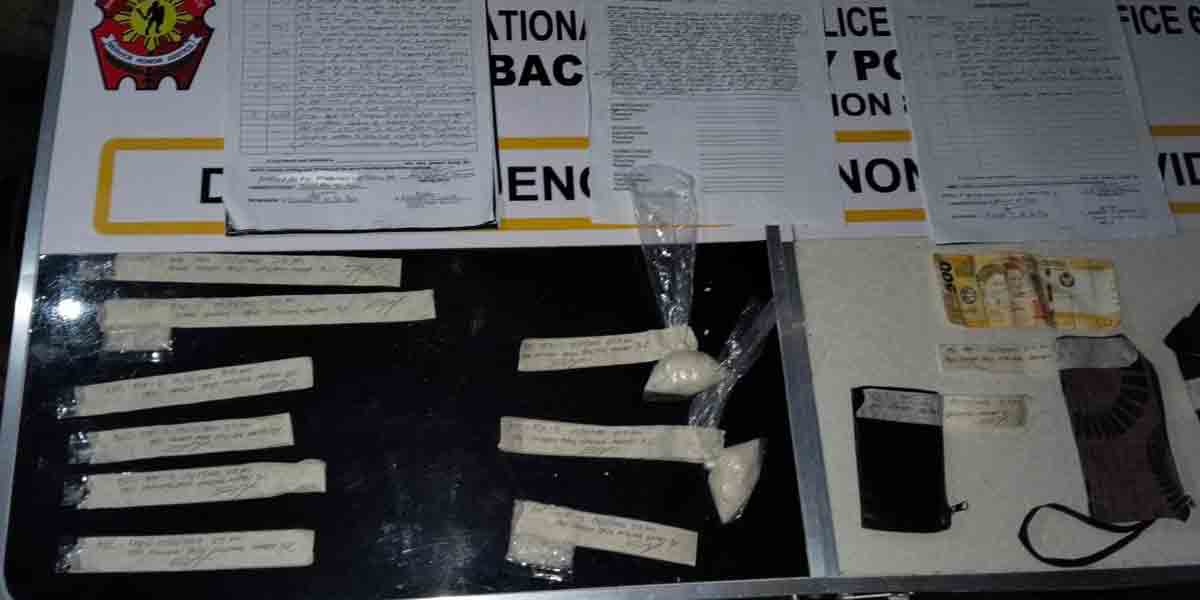By Joseph B.A. Marzan
The Western Visayas Medical Center (WVMC) on Thursday denied that used hospital gowns which were found scattered in Iloilo City came from their facility.
Isolation gowns and hairnets were found scattered on morning last Tuesday, April 20, at Brgy. Calajunan in Mandurriao district, just 100 to 150 meters near the city’s dumpsite.
Village chief Efrain Tagaytayan told Aksyon Radyo Iloilo on Thursday that a red garbage bag was “blown away” by the wind from a red truck of a private service provider.
The bag landed in front of a village councilor’s house.
Tagaytayan said dumpsite personnel confirmed to him that the bag came from a red private truck, and also positively identified to him that the waste did come from the WVMC which was within the same district.
But the Calajunan dumpsite’s officer-in-charge, Engr. Niel Ravena, said in an interview that they did not receive any hospital waste, nor any garbage disposed from the hospital.
Ravena cited Republic Act No. 6969 (Toxic Substances and Hazardous and Nuclear Wastes Control Act of 1990), explaining that hospital wastes are managed by hospitals themselves, under guidelines by the Department of Health (DOH).
The DOH’s Health Care Waste Management Manual, however, lists delivery to city or municipal landfills as part of health care waste management process.
He added that if hospital wastes such as hospital gowns and hairnets or pathological waste such as amputated body parts would be thrown in their dumpsites, they would call the attention of the source of these wastes for an explanation in the presence of the Department of Environment and Natural Resources-Environmental Management Bureau (DENR-EMB).
WVMC spokesperson Mr. Richard Saltin said in a radio interview that the hospital only delivers general waste to the Calajunan dumpsite daily.
General waste, which includes non-infectious waste such as paper and food, are segregated into wet and dry waste through green and black garbage bags, respectively.
He explained that health care waste such as isolation gowns, gloves, and hairnets are considered as infectious waste, which are placed inside a yellow garbage bag, which are only disposed monthly, as do all hazardous wastes in the hospital.
He added that infectious wastes undergo a tedious handling process, which includes primary disinfection, collection, secondary disinfection, classification, storage, tertiary disinfection, and retrieval for disposal.
Sharps, which include vials and injections, are also considered as infectious wastes, but are segregated separately and crushed before disposal.
As to the scattered waste found last Tuesday, Saltin denied that these came from the WVMC, and that the truck that delivered these was not that of their third-party provider, JJH Company.
“We sent our personnel assigned to waste segregation and disposal and we coordinated with the barangay officials and the people there. The truck which delivered from us is a closed van, unlike what they described as an open truck. We cleared that they did see a different truck,” Saltin told Aksyon Radyo Iloilo.
He said that infectious wastes are stored in a covered collection area, and are being delivered monthly for disposal to Manila, and are finally processed in Cavite.






















